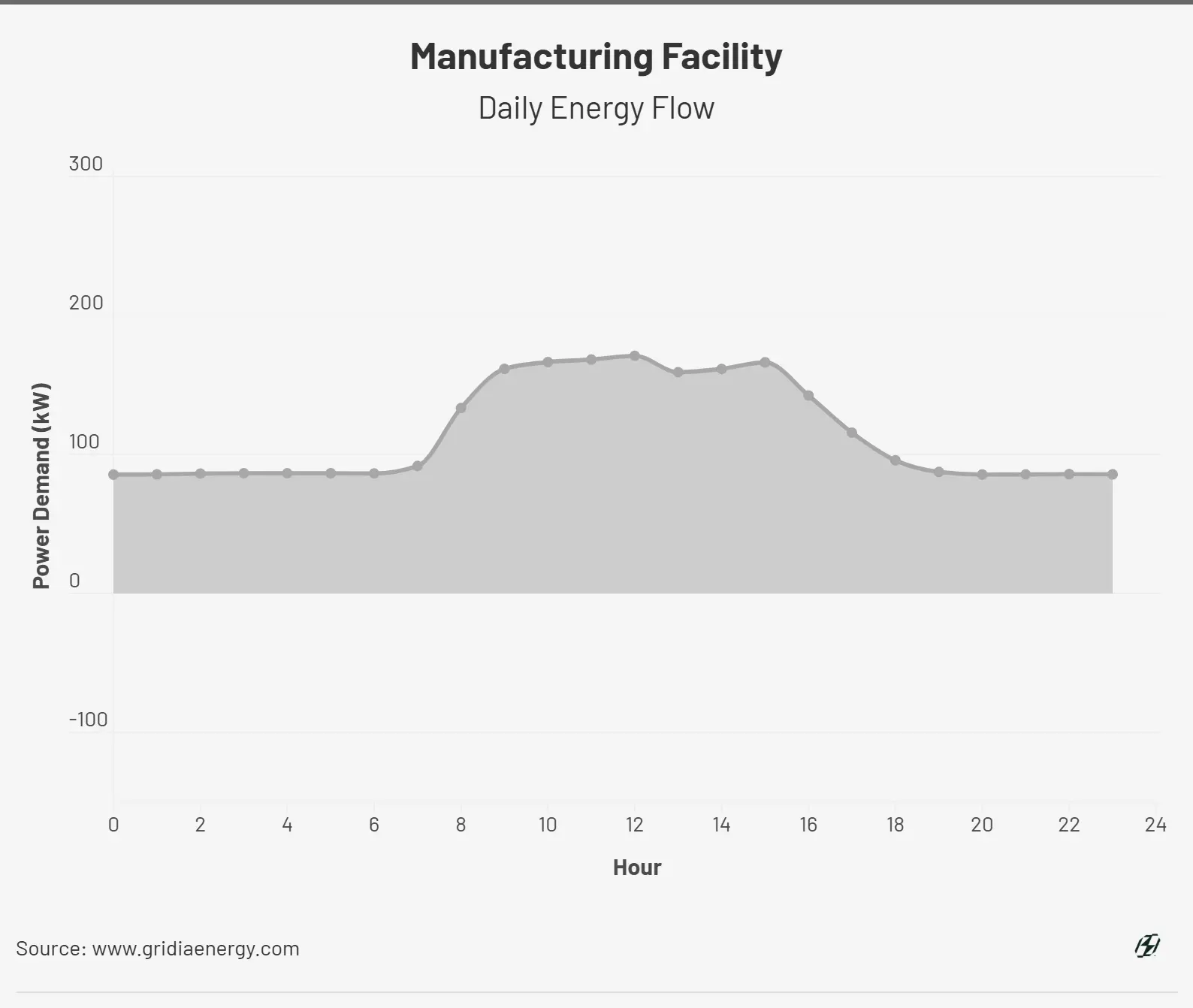Over the last ten years, businesses in Ontario have been anticipating the time when solar energy and battery energy storage systems can be paid back in under 10 years.
Following the burdensome incentives before 2017 (Fit and Microfit), net metering has provided new opportunities for businesses seeking to reduce electricity expenses and decrease their greenhouse gas (GHG) emissions. However, the substantial electricity subsidy in the province has yet to deliver the anticipated returns. The landscape appears to be changing with the recent introduction of the new incentive programs in January 2025 for DER (Distributed Energy Resources).
The New Solar PV DER Program
The Retrofit Program, managed by Save on Energy, presents fresh opportunities for both small and large commercial, industrial, and institutional facilities in the province. Projects ranging from more than 10 kW to 1 MW of alternating current (AC) capacity can qualify for $860 per kW-AC, $1,800/kW of peak demand savings, or $0.13/kWh of energy savings achieved, covering up to 50% of the eligible project costs.
Who is eligible?
Ontario's new Solar PV DER Program might be ideal if your business aims to lower energy expenses and lessen grid reliance. This initiative targets commercial, industrial, and institutional businesses considering behind-the-meter solar installations. You are likely eligible whether you're a small business or a large corporation!
Below are the key criteria you need to meet to qualify:
- The facility must be connected to the IESO-Controlled Grid or a Distribution System.
- It can be a building or another structure like a billboard.
- Projects must be located in the eligible facilities and completed in the next 48 months after the application.
- Net-metering is not eligible.
- Projects must comply with measure-specific requirements and produce peak demand savings or energy savings.
- The Solar PV System must be sized for load displacement only and not exceed the facility load.
- Participants must provide evidence of approval to connect by the local electric distribution company or IESO.
- Applications must only contain DER measures and not include previously incented equipment or measures involved in net-metering agreements.
When Does It Make Sense for Businesses?
Upgreen has performed a design optimization analysis to offer business owners and managers enhanced insights for achieving substantial improvements in the energy efficiency of their operations.
We are exploring the opportunities that arise from integrating Solar, Energy Storage, and the new Save on Energy Retrofit Program by showcasing the optimal designs for a standard Net Metering Configuration, which does not qualify for this rebate, and comparing it with a Zero Export Configuration (load displacement) that is eligible for the new rebate.
Scenario 1: Manufacturing Facility in Ontario
92,000 ft2 facility
Annual Energy Consumption near 1000 MWh
Maximum Peak Demand: 315kW
Annual Electricity Cost: $160,000
Fig 1. Best ROI for each configuration in Manufacturing facilities
Scenario 2: Greenhouse Operation in Southwest Ontario
500,000 ft2 facility
Annual Energy Consumption: 754,500 kWh
Maximum Peak Demand: 175 kW
Annual Electricity Cost: $148,000
When Does It Make Sense for Businesses?
The new Solar PV DER Program offers incentives for Solar PV systems, making it ideal for small, medium, or large facilities with high daytime energy demand. Facilities with energy load profiles closely matching the solar power generation curve will benefit significantly from this incentive.
Given the high demand charges faced by most businesses in Ontario, Energy Storage Systems provide an excellent opportunity to synergize with solar power. They enable peak-shaving configurations and load displacement. Battery Energy Storage Systems (BESS) can leverage new opportunities with this rebate, particularly for businesses experiencing high peaks with short duration.
While the focus is on solar PV installations, other factors are also crucial to maximize the rebate's benefits. These include roofs strong enough to support solar PV loads, electrical services capable of accommodating new DERs like solar and BESS, and an effective energy management system that allows load shifting with minimal operational impact. These considerations make the opportunity more viable.
Conclusion
The new Solar PV DER Program is tailored for businesses that emphasize real-time, on-site consumption from solar energy or the ability to shift loads using battery power.
This strategy is advantageous for businesses with substantial energy usage during the day (from 8 am to 6 pm), or for customers facing higher Global Adjustment or delivery charges, which can be mitigated with battery storage systems.
For Ontario businesses with evenly distributed daytime load profiles, Net Metering might remain the most cost-effective way to lower electricity bills, meaning this program may not provide significant benefits.
Receive a Complimentary Estimate with Upgreen
Due to the intricate analysis needed for design optimization, which involves energy tariffs, load profiles, and site-specific conditions, reach out to us for a tailored assessment to help you implement the most cost-effective system for your business.
Feel free to complete this form and begin your journey toward electrification using clean energy technologies.

